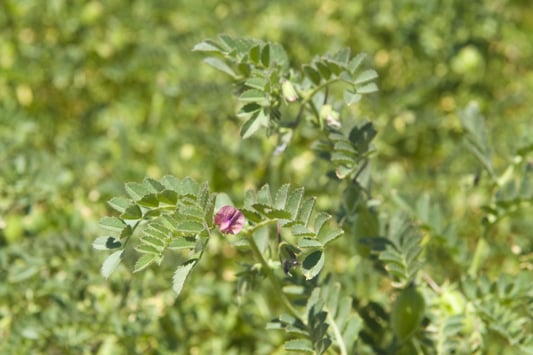Western Australian pulse production is relatively small, only averaging 95,000 tonnes per year over the last 5 years yet delivers roughly $50 million to the State’s economy. The top export markets for Western Australian pulses are China, Bangladesh, and the Philippines.
The department supports the pulse industry through the production of the Pulse variety and agronomy guides, which are available in the 2024 WA Crop sowing guide, linked below, and support for germplasm development and evaluation.
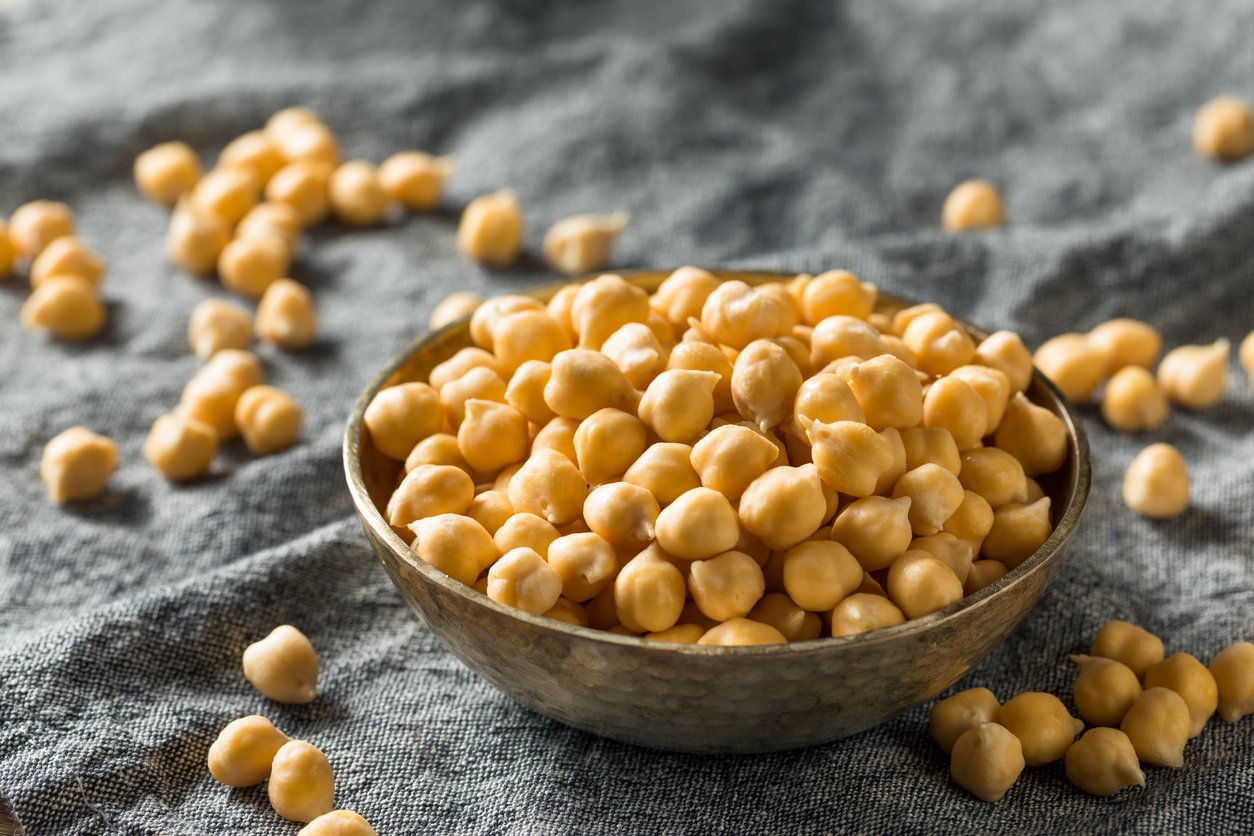
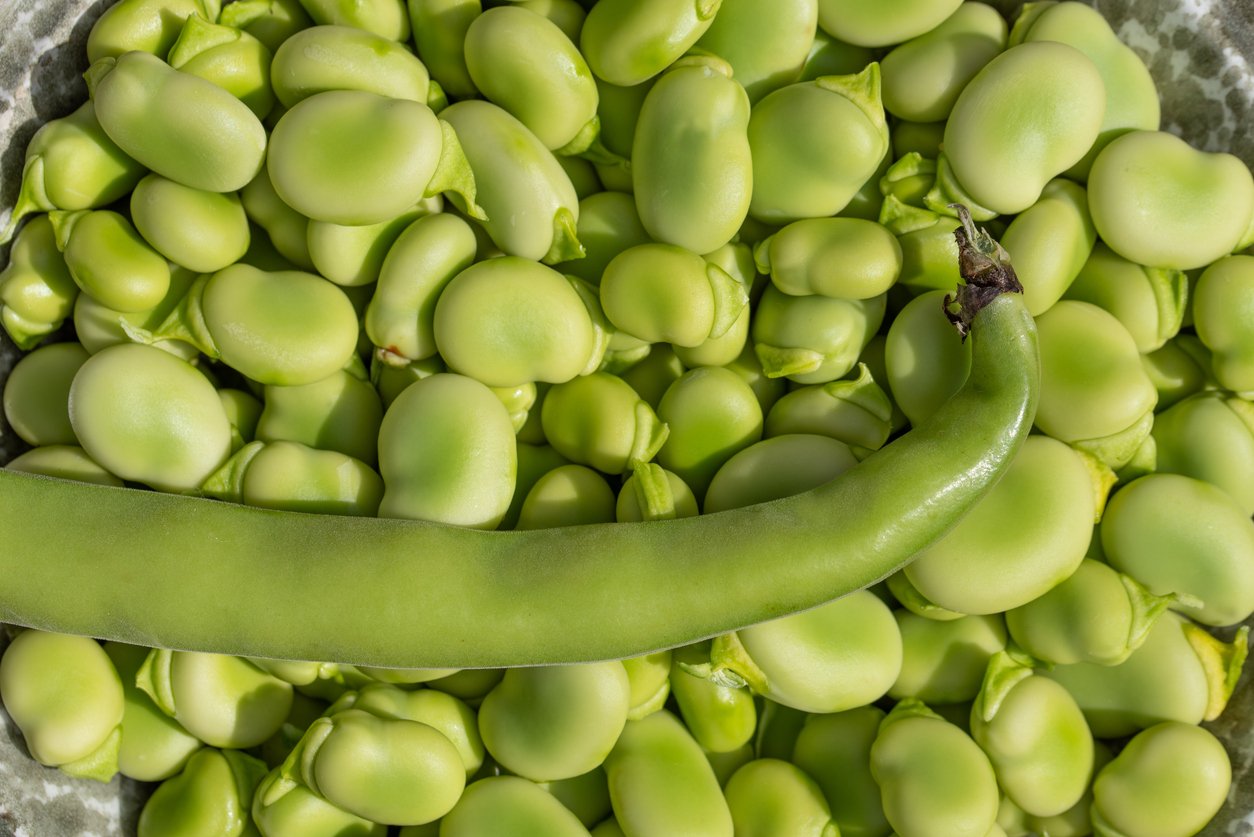
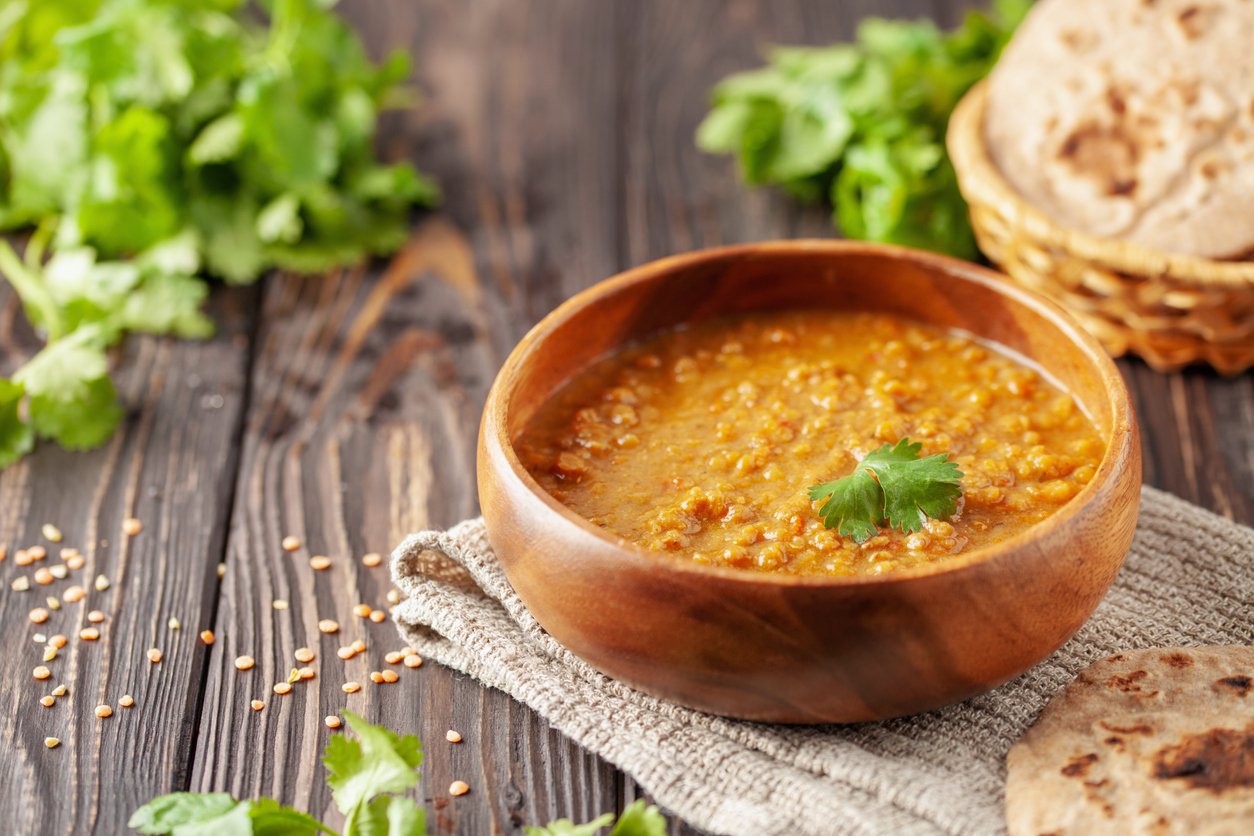
Major pulses grown in WA:
A suitable break crop for heavier soils with pH above 5.5. Since the arrival of ascochyta blight, new varieties with improved tolerance to ascochyta have become available and robust fungicide packages have been developed. New herbicides have also become available for extended control of wild radish.
WA's chickpea industry grew rapidly from the mid-1990s and rose to be a significant 70,000-hectare grain legume crop until the arrival of the fungal disease Ascochyta blight in 1999 devastated the industry. Currently, production is less than 10,000 tonnes.
In WA, chickpea is mainly grown in the northern and eastern parts of the cropping region, although a small industry exists for specialty large-seeded Kabuli chickpea, grown under irrigation in the Ord River irrigation area.
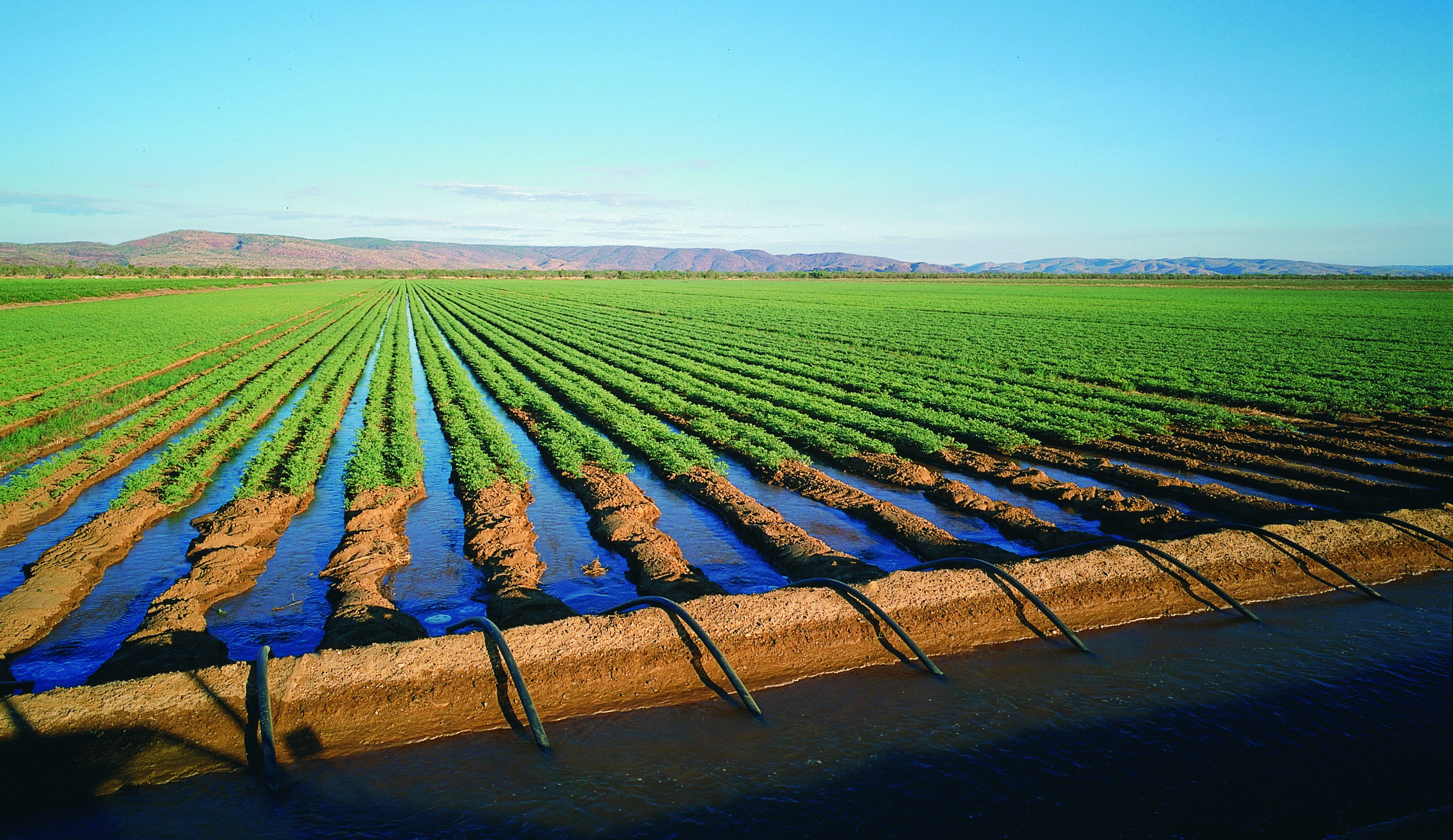
An irrigated Kabuli chickpea crop
New, higher yielding varieties with improved resistance to Ascochyta blight have now been developed and may help to stimulate chickpea plantings in WA.
More information
Best grown in medium and high-rainfall areas on medium-to-heavy textured soils where it has the highest yield potential of all pulse crops. It is best suited to early sowing in April. Unlike most pulses, faba bean can tolerate transient waterlogging and mild frosts but are particularly sensitive to dry conditions. New bean cultivars have superior disease resistance to those widely grown in the 1990s.
When selecting a faba bean variety for your cropping program, it is important to be aware of the variety's disease and pest package to allow for appropriate planning and proactive management to reduce risk of yield losses.
The severity of disease in faba bean crops depends on the presence of inoculum carried over from last season, favourability of seasonal conditions, pathotype virulence, and varietal susceptibility.
An annual review of your crop’s disease and pest resistance ratings is vital, as risk profiles change with the introduction of new pathotypes. Refer to the Western Australian crop sowing guide below for faba bean variety disease ratings.
Pest insects and nematodes can have adverse and damaging impacts on agricultural production and market access, the natural environment, and our lifestyle.
Western Australia is free from some of the world's major pest insects. Biosecurity measures on your property are vital in preventing the spread of insect pests.
The department provides:
- biosecurity/quarantine measures at the WA border to prevent the entry of pest insects
- where relevant post border biosecurity measures
- advice on widespread pest insects present in the state
Common foliar faba bean diseases (and viruses)
Disease symptoms, background, diagnosis, factors favouring risk and spread, yield and quality losses, and integrated management strategies are provided for the following diseases of faba beans:
- Chocolate spot
- Ascochyta blight disease and its management in faba beans
- Rust disease and its management in faba beans
Common soilborne diseases and nematodes of faba bean
Soil-borne pathogens and nematode pests infect plant roots and impact their ability to take up water and nutrients. Environmental factors such as soil moisture, temperature and nutrient availability will determine the severity of disease development. Soil-borne diseases and nematode pests are best managed by identifying the pathogens or pests causing plant decline, using crop and variety rotation, and chemical management, if available.
Nematode pests
Nematodes are microscopic, worm-like animals that feed on plant roots causing damage and yield loss in susceptible crops. Crops infested with plant parasitic nematodes are more susceptible to infection by fungal diseases such as rhizoctonia root rot.
Common pests of faba bean
Pest symptoms, background, diagnosis, factors favouring risk and spread, yield and quality losses, and integrated pest management strategies are provided for the following pests of faba beans:
- Blue oat mite
- Cowpea aphid
- Cutworm
- Lucerne flea
- Native budworm
- Native budworm spray thresholds
- Pea aphid
- Pest slugs and snails and their management in broadacre crops
- Red legged earth mite (RLEM)
The most widely adapted pulse species to WA conditions and grown in most regions. Adapted to a wide range of soil types and there is widespread experience with this pulse among growers and agronomists. Excellent weed control options are available which, combined with delayed sowing and crop-topping, enable clean paddocks for following crops.
Field pea accounts for the majority of WA pulse production, with annual production ranging from 20,000-60,000 tonnes, most of which is grown in the southern wheatbelt.
Kaspa-type dun peas are the main field pea grown in WA. They are characterised by a round seed with small dimples, and generally a pale green-brown (dun) seed coat colour with yellow cotyledons.
When selecting a field pea variety for your cropping program, it is important to be aware of the variety's disease and pest package to allow for appropriate planning and proactive management to reduce risk of yield losses.
The severity of disease in field pea crops depends on the presence of inoculum carried over from last season, favourability of seasonal conditions, pathotype virulence, and varietal susceptibility.
An annual review of your crop’s disease and pest resistance ratings is vital, as risk profiles change with the introduction of new pathotypes. Refer to the Western Australian crop sowing guide below for resistance of field pea varieties to diseases commonly found in WA crops.
Pest insects and nematodes can have adverse and damaging impacts on agricultural production and market access, the natural environment, and our lifestyle.
Western Australia is free from some of the world's major pest insects. Biosecurity measures on your property are vital in preventing the spread of insect pests.
The department provides:
- biosecurity/quarantine measures at the WA border to prevent the entry of pest insects
- where relevant post border biosecurity measures
- advice on widespread pest insects present in the state
Common foliar field pea diseases (and viruses)
Disease symptoms, background, diagnosis, factors favouring risk and spread, yield and quality losses, and integrated management strategies are provided for the following diseases of field pea:
Common soilborne diseases and nematodes of field pea and their management
Soil-borne pathogens and nematode pests infect plant roots and impact their ability to take up water and nutrients. Environmental factors such as soil moisture, temperature and nutrient availability will determine the severity of disease development. Soil-borne diseases and nematode pests are best managed by identifying the pathogens or pests causing plant decline, using crop and variety rotation, and chemical management, if available.
Common pests of field pea
The following are the common pests of field pea in Western Australia:
- Lucerne flea
- Native budworm spray thresholds
- Pea weevil
- Red legged earth mite (RLEM)
Grown best on soils with pH above 5.2. The crop is particularly susceptible to transient waterlogging. Growers should expect to see more crop variability across paddocks than in most other crops.
A multi-purpose crop grown mostly for a disease break in rotation with cereals on a wide range of soil types from light sands to heavier clay soils. The versatility of common vetch varieties allows cropping for grain or hay production, early grazing as green pasture or for dry grazing, hay production, or green manure.
Western Australian pulse industry
Pulses are a minor part of the cropping system in Western Australia, accounting for about 1% of the total value of all broadacre grain production. The major pulses grown in WA are field pea, chickpeas, and faba bean, with a small amount of lentils also grown most seasons.
The department supports the WA pulse industry through disease management and agronomy research and variety development work carried out in association with national breeding programs.
Production
The area of pulses grown in Western Australia is small compared to other broadacre crops. Production is usually 50,000 to 100,000 tonnes, delivering from $20 to 70 million in value to the state economy, depending on seasonal production.
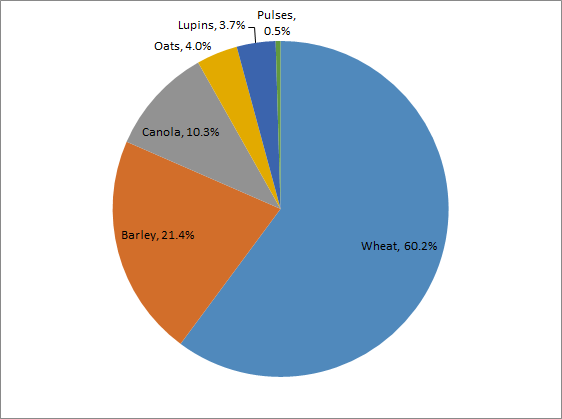
Percentage of crop production in Western Australia - 10-year average
Pulse crops tend to be grown in the medium to low rainfall (350–250 millimetres) environments, with chickpea sown at the start of the growing season in May and field peas towards the end of the planting season in June.
Table 1 - Production of Western Australian pulse crops (tonnes)
|
Crop |
2012 |
2013 |
2014 |
2015 |
2016 |
2017 |
|
Field peas |
62,000 |
32,000 |
25,000 |
25,000 |
31,000 |
42,000 |
|
Faba beans |
6,000 |
9,000 |
7,000 |
6,000 |
11,000 |
4,000 |
|
Chickpeas |
4,000 |
6,000 |
4,000 |
3,000 |
7,000 |
8,000 |
Markets
Field pea exports generate $20 to $30 million to the state economy each year, with the majority exported for human consumption. Since 2017, China has been our major market, followed by the Philippines, Bangladesh, and Malaysia. Locally, field pea is used mainly in pig and poultry rations as a source of protein and energy.
Australia is the largest exporter of chickpeas in the world. In 2022, Pakistan and Bangladesh were the major destinations for Australian chickpeas. Since 2022, India has suspended 66% and 30% tariffs respectively on Australian chickpeas and lentils, paving the way for Australian exports to re-enter this market.
The market for faba bean is more limited than for other food pulses and is largely restricted to the Middle East, principally Egypt.
Crop Sowing Guide
The Western Australian crop sowing guide is a one stop shop for information on all the major crops grown in Western Australia, compiled by the department. This edition includes the major crops grown in WA – wheat, barley, canola, oat, lupins, and pulses. The guide aims to provide information to support growers with decisions on the best choice of variety for each of the major crops for the upcoming season.
View the current Crop Sowing GuideRelated links
- Desi chickpeas - essentials for growing a successful crop
- Crop Science and Grain production research projects
- Field pea - essentials for growing a successful crop
- Finding the safe planting window for blackspot
- Grains Industry Association of Western Australia Pulse Council
- Harvest resources - Grains Research & Development Corporation
- Key stages in the growth and maturity of field pea
- Mungbean - Powdery Mildew disease tool
- Registered fungicides for broadacre crops
- Subscribe to the Grains Convo Newsletter

